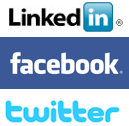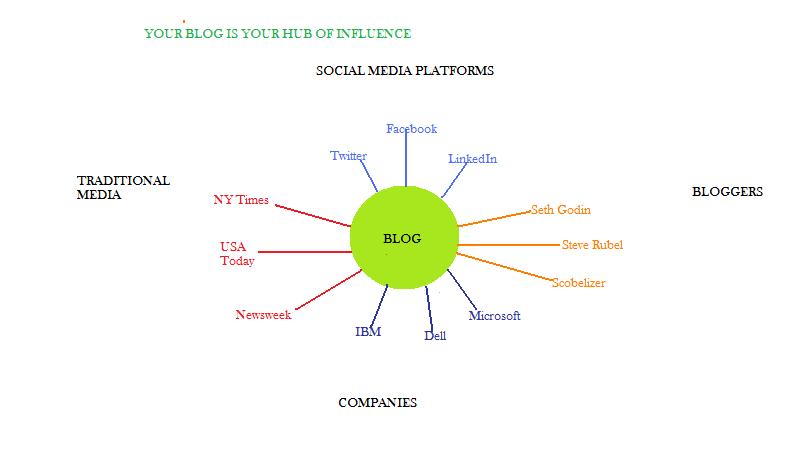It almost doesn’t make a difference where you are on the Social Media learning curve, there’s always more to discover and integrate into your strategy . . . even if you are just getting started.

STRATEGY is the key word of the day
i.e., what do you do first, second, third, and so on . . .
As a teacher for umpteen years, I subscribe to a learning philosophy, which is introduced to my students on their first day of class.
It’s so simple, I break it down to these Four Words:
- Confusion
- Silence
- Focus
- Effort
Confusion: Accept it. If you already KNEW what you were studying, you wouldn’t need to be in the class, workshop, consulting session, etc.
Silence: Stop worrying, i.e., quiet the FEAR [False Expectations Appearing Real] or you’ll never be able to Listen and Learn.
Focus: Multitasking is the ruination of perfection [according to Suze Orman . . . and me]. So concentrate on one thing at a time.
Effort: Without work and persistence, nothing will be produced or achieved.
Therefore, STEP ONE is to get past your feelings that there is too much to learn, and it takes too much time, and you’ll never get a handle on it.
You are correct: there is a lot to learn; it does take time; BUT you can get a handle on it if you can Listen, Focus, and do the Work.
So what should you do today?
Well, reading through the rest of this article could get you headed in the right direction: I’m going to list some of the “lessons” I heard in a webinar called “Capitalizing on the Conversation” that was sponsored by Social Media Magic, a firm that offers free webinars and fee-based courses and coaching.
Disclaimer: I was not paid to write about them, but I found their information extremely useful.
During the first 40 minutes of the online presentation, I tweeted many of the webinar insights under the hashtag #COC. [If you go to http://search.twitter.com/search?q=%23COC , you will find all of them.]
Top Ten Lessons from Social Media Magic Webinar:
1. Social Media is a complex Organic Conversation.
2. Your customers and prospective customers are “out there” talking — and they may be talking about you.
3. Not having a presence in Social Media means not having a Brand out there.
4. The three MAIN sites to establish a profile on are Twitter, Facebook, and LinkedIn.
5. Optimizing your profile on each of these sites will have a huge impact. What you say about yourself is one of the key ways that people find you and connect with you — and then buy from you.
6. Don’t worry about numbers. Instead look for targeted users and build relationships with them.
7. The most powerful way to build relationships is to be personal, transparent, and authentic.
8. Twitter has lots of value that people either miss or don’t understand. Twitter search offers Real Time results, i.e., what people are talking about now.
9. On Twitter you can share timely information, promote contests, spread useful links, personify your brand, follow competitors, and build credibility and influence.
10. Know the goals of your company and plan your strategies around them. Then find your target audience and create messages for them.
So now, what do you do first?
Get started.
Get started where?
How?
With what?
Okay, if you are still asking these questions, then my suggestion is to set up accounts on Facebook, LinkedIn, and Twitter AND Optimize your profiles . . . then we’ll talk some more.
FURTHER READING:












 OK, I’m not David Letterman or Johnny Carson, but I think I might be able to come up with my own
OK, I’m not David Letterman or Johnny Carson, but I think I might be able to come up with my own  Lots of people considering social media strategies for business and personal reasons [like job seeking] may not fully appreciate the value of blogging.
Lots of people considering social media strategies for business and personal reasons [like job seeking] may not fully appreciate the value of blogging.
 Just over six months ago [in April 2009], I wrote my
Just over six months ago [in April 2009], I wrote my 

